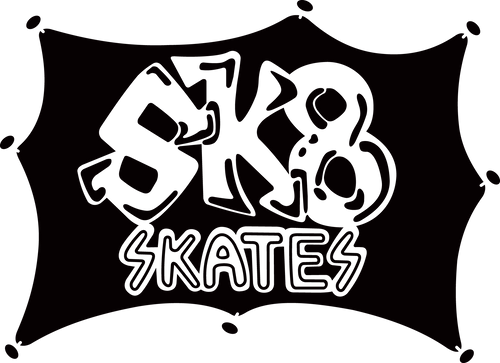A Comprehensive Guide to Snowboard Construction: Core, Construction, Base Materials, and More
Introduction
Understanding the intricacies of snowboard construction not only enlightens the buyer but also enhances the riding experience, ensuring you select a board that aligns with your performance expectations and durability requirements. This guide delves deep into the construction elements, with a particular focus on sidewalls and edges, crucial aspects that significantly influence a snowboard's behavior on the slopes.
Core Materials
At the heart of every snowboard is its core, typically made from wood varieties like poplar, birch, or even bamboo, offering a blend of strength, flexibility, and lightweight properties. Some manufacturers also explore alternative core materials, such as foam or honeycomb structures, aiming for weight reduction without sacrificing structural integrity. The choice of core material plays a foundational role in determining the board's overall flex pattern and energy transfer.
Laminates and Sidewalls
1. Laminates:
Beyond the core, snowboards are reinforced with laminates like fiberglass, which envelop the core to add strength and flexibility. These materials are pivotal in defining the board's torsional rigidity, impacting how well the board responds to rider input, especially during sharp turns or when performing tricks.
2. Sidewalls:
Sidewalls run along the edge of the snowboard, from nose to tail, playing a critical role in the board's durability and impact resistance. They also significantly affect the ride quality:
- Materials: Commonly made from ABS or urethane, sidewalls can vary in terms of hardness and flexibility. While ABS offers durability and stiffness, urethane might provide better impact absorption and a smoother ride.
- Construction Styles: Sidewall construction varies, with the sandwich style offering excellent performance by bonding layers together for strength and the cap construction wrapping the top material over the edges for a more streamlined, lighter design.
- Performance Impact: The construction and material of the sidewall can influence the board's edge grip, especially important in icy conditions, and its ability to dampen vibrations, providing a smoother experience on rough terrains.
Base Materials
The base of the snowboard, in contact with the snow, comes in two main types: extruded and sintered. Extruded bases are known for their durability and ease of repair, whereas sintered bases, while requiring more maintenance, offer superior glide performance due to their ability to absorb wax, enhancing speed.
Edges
Metal edges are the snowboard's teeth, providing crucial grip on icy surfaces and precision during turns. Here's how they factor into construction:
- Edge Construction: Metal edges wrap around the snowboard's perimeter, and their integration into the board's construction is vital for cohesive performance. They can vary in thickness and treatment, influencing durability and sharpness retention.
- Innovative Edge Designs: Some boards feature specialized edge designs, like serrated or wavy edges (e.g., Magnetraction), which increase contact points with the snow, enhancing grip and stability.
- Integration with Construction: How edges meld with the core and sidewalls can affect the board's overall feel. For instance, a board designed with edges that extend deeper into the sidewall might offer enhanced durability and a distinct ride characteristic, particularly in terms of edge hold and response.
Board Shapes and Profiles
The shape and profile of a snowboard—whether camber, rocker, or hybrid—affect how it engages with the snow and responds to rider movements. These design choices are interconnected with the board's construction elements, influencing everything from floatation in powder to agility in park riding.
Technology and Innovation
Snowboard construction continues to evolve, with new materials and manufacturing processes emerging regularly. These innovations can lead to lighter, stronger, and more responsive boards, tailored to specific riding styles and conditions.
Conclusion
Snowboard construction, especially concerning sidewalls and edges, is a nuanced topic that directly impacts board selection and performance. By understanding these elements, riders can make informed decisions, aligning their gear with their riding ambitions and style preferences.
Dive into our diverse collection of snowboards, where you'll find a range of construction styles and designs. Whether you're new to the sport or seeking to upgrade your ride, our team is on hand to help you find the perfect match, ensuring your next snowboard meets your expectations in every carve, jump, and powder run. Explore with us, and elevate your snowboarding experience.
Legit since 1987.
Sk8 Skates is more than just a skate and snowboard shop, it is a family of individuals committed to strengthening the Winnipeg skateboard and snowboard scene.





